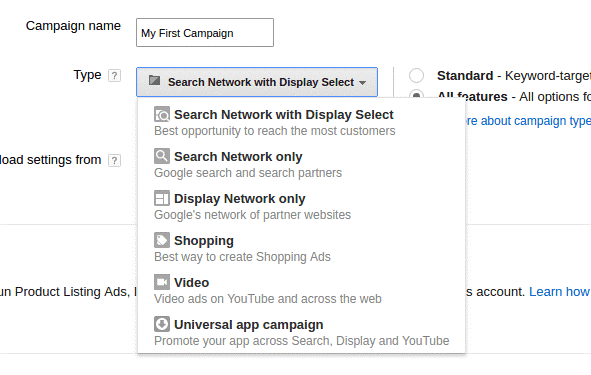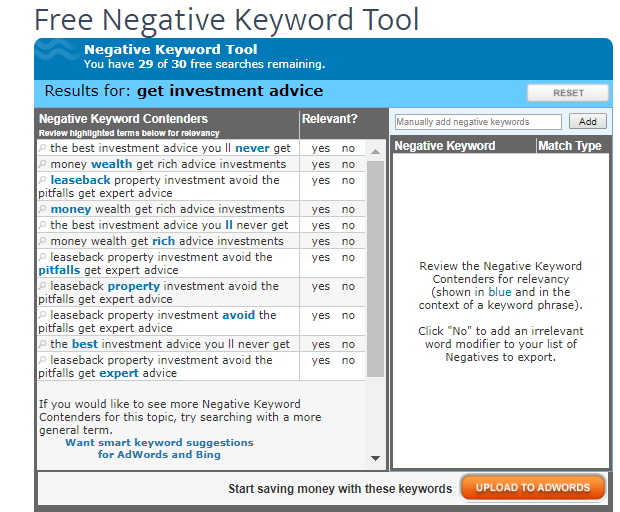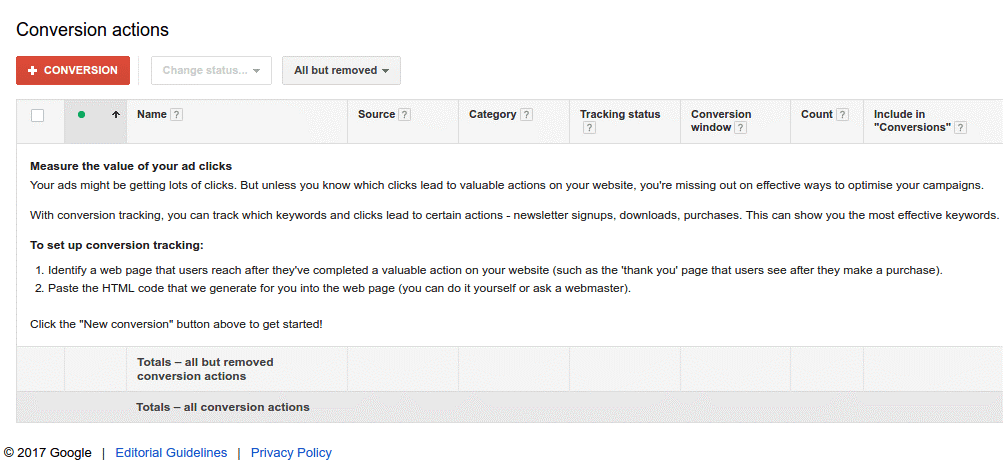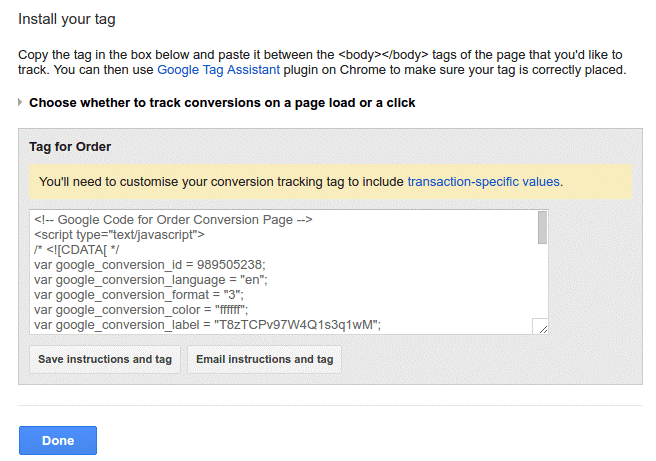Google AdWords plays an important role in the success of businesses, and companies should optimize their AdWords campaign to the greatest possible extent.
This is often easier said than done, however, because running such a campaign can be a time-consuming and expensive process.
But there is a way to achieve this despite a limited budget and resources, and it involves focusing on the right metrics instead of all of them, and making the right tweaks to optimize AdWords campaigns.
Wondering how you can figure out the “right” ones? Well, we’ve done away with all the complex analytics and numbers, and hand-picked six choice AdWords metrics that can help you achieve better return on investment (ROI) by:
- Getting you more clicks
- Optimizing landing pages
- Decreasing cost per acquisition.
Take a look at the list below:
1. Quality Score
Think about the keywords you chose – are your ad and landing page relevant enough compared to them? Look at the Quality Score to figure out the answer. Use this metric to estimate ad quality.
Quality Score depends on three factors:
- Ad relevance
- Quality of landing page
- Possible click-through rate (CTR)
Consider each of these factors individually for a positive outcome. For example, in the case of ad relevance, play it smart when building your AdWords campaign structure.
Improve your landing page experience as much as possible. If the status reads below average, optimize your landing page by adding a few A/B tests.
Expected CTR determines how likely your ads are to get clicked. Change your ad text if your status is below average. Use magnet words (powerful words that drive conversions, like “free” and “cheap”) as a substitute for improved CTR.
2. Reach
Analyze reach metrics to estimate the number of people who saw your ads. If they are performing more poorly than expected, place your ads carefully. And this time keep the Display Network separate from the Search Network. Why? Because when you choose Search Network with Display Select in email marketing software, they show:
- On related partner sites
- Results of searches done by someone
That is not something you want. Carry out proper optimization, even though it is a more protracted process. Sure, there are other campaign types that affect reach, but these are the two types that really matter.
3. Wasted spend
Check how much money you’re wasting by paying for clicks that never convert. Avoid this sort of ROI killer by limiting wasted spend via the use of negative keywords to filter out traffic that is unnecessary to your business and does not convert. Create negative keywords to prevent ads from showing search queries containing the specified keyword.
Use a tool like the Negative Keywords Tool from WordStream to find out which negative keywords will be the most impactful. For instance, we did a little analysis on “get investment advice”.
Once you’re done, introduce the negative keywords in your campaign and you’ll be good to go. In a short while, you will notice a drastic reduction in wasted spend.
4. Conversion Rate
Marketing goes beyond AdWords. For example, look closely at conversion rate improvements you can achieve by improving your landing pages.
Keep your conversions up by building quality landing pages that are:
- Mobile compatible
- Quick-loading
- Relevant
Focus on speeding up your website for users. Utilize tools like Yandex Metrica to find out the reception of your visitors towards your landing pages as well as how they scroll.
5. Labels
Labels are not exactly “metrics” but they do work in a similar manner, and help group entities for quicker, simpler analysis. Keep an eye on these labels for smoother optimization and more ROI.
Labels depend upon keywords, ads, and campaigns. Specifically, limit the number of keywords used in each of your ad groups for simpler management of campaigns.
According to Google, 5 to 20 keywords should suffice, but there are marketers who use a single keyword per Ad group (SKAG). Follow this simple concept which puts one keyword in each Ad Group, and the same keyword is then used in the description as well the headline.
6. Conversion
Achieve more conversions by knowing which keywords facilitated the conversion in the first place. Also, avoid a drop in conversion rate by knowing which ones were not up to task. A conversion tracking code can help you keep track of these statistics. Avoid negative keywords as well as the ones that lack any value.
Installing a tracking code is simple. Just go to “Tools”, and select “Conversions”. Then you simply need to select “+ CONVERSION”.
Once you’re done installing it, choose the source of the conversions you wish to track.
Choose Website as the source and set a conversion value. It is possible to select a dynamic value.
Place the code between <body></body> tags.
Install this code correctly, and your Target CPA bidding method also becomes enabled. This automatically bids on your behalf.
The abovementioned metrics need to be optimized if you wish to enjoy greater success and financial returns on your business. The processes described above might be a little time-consuming, but considering how much they benefit your company, they are well worth it.




